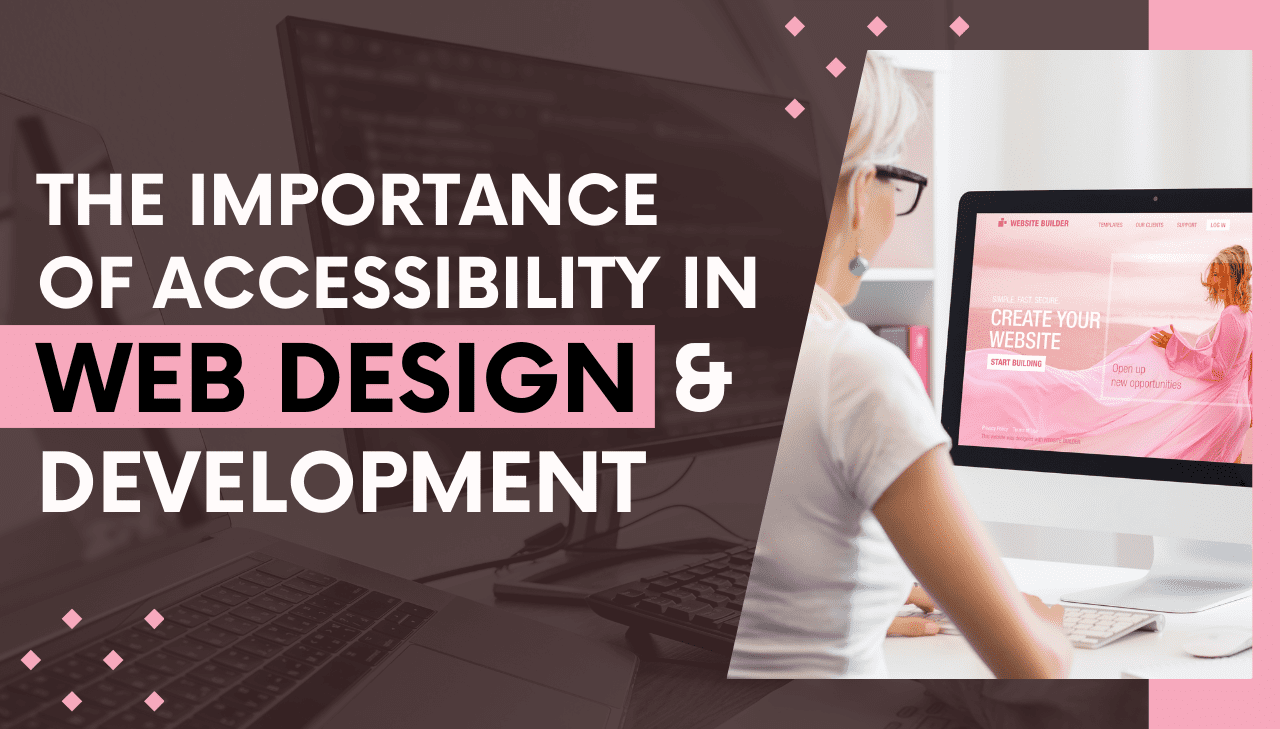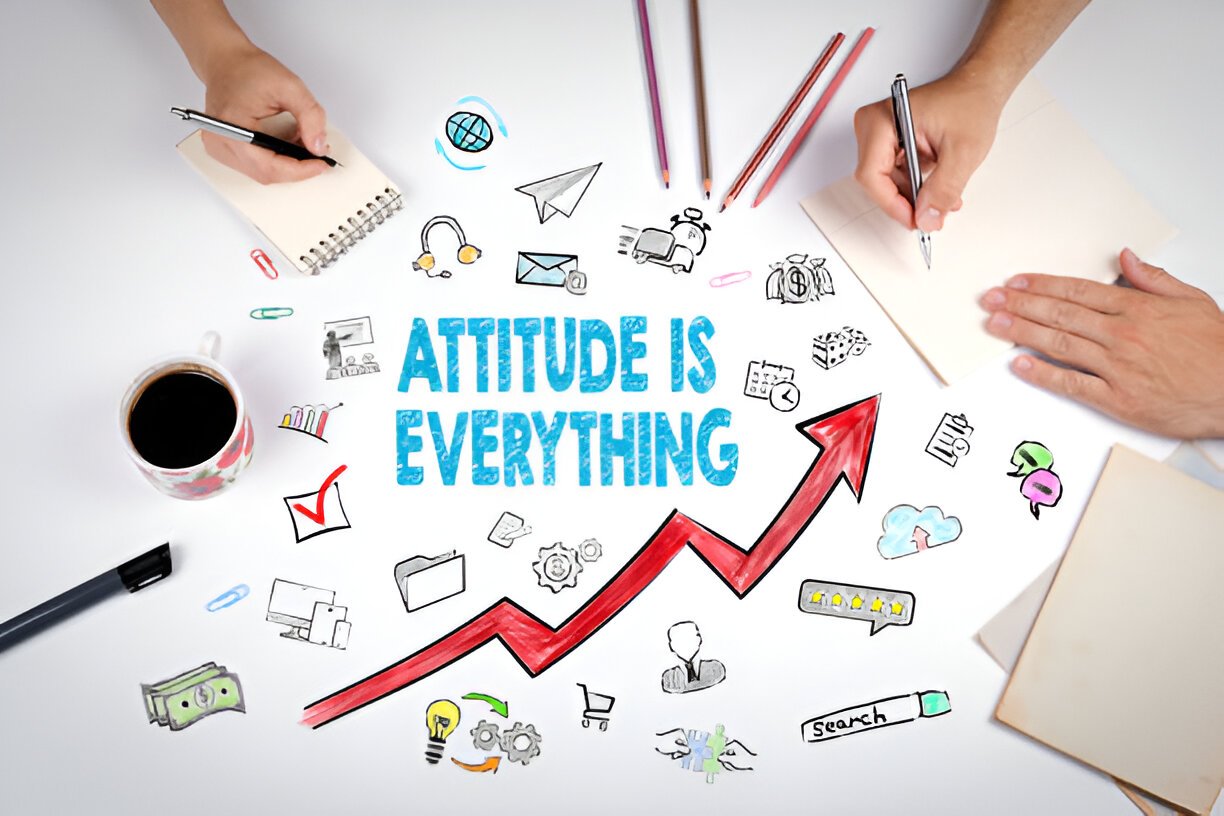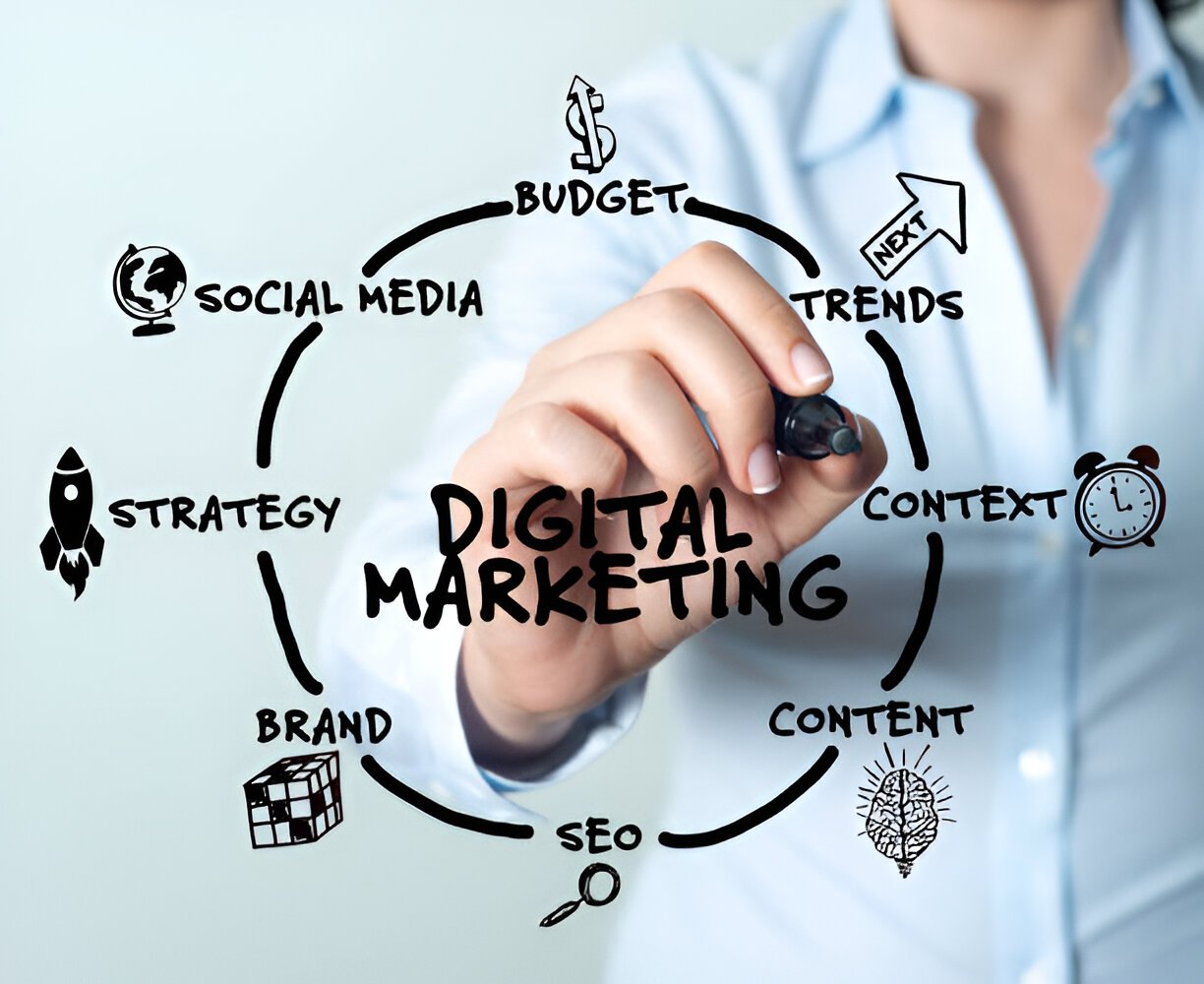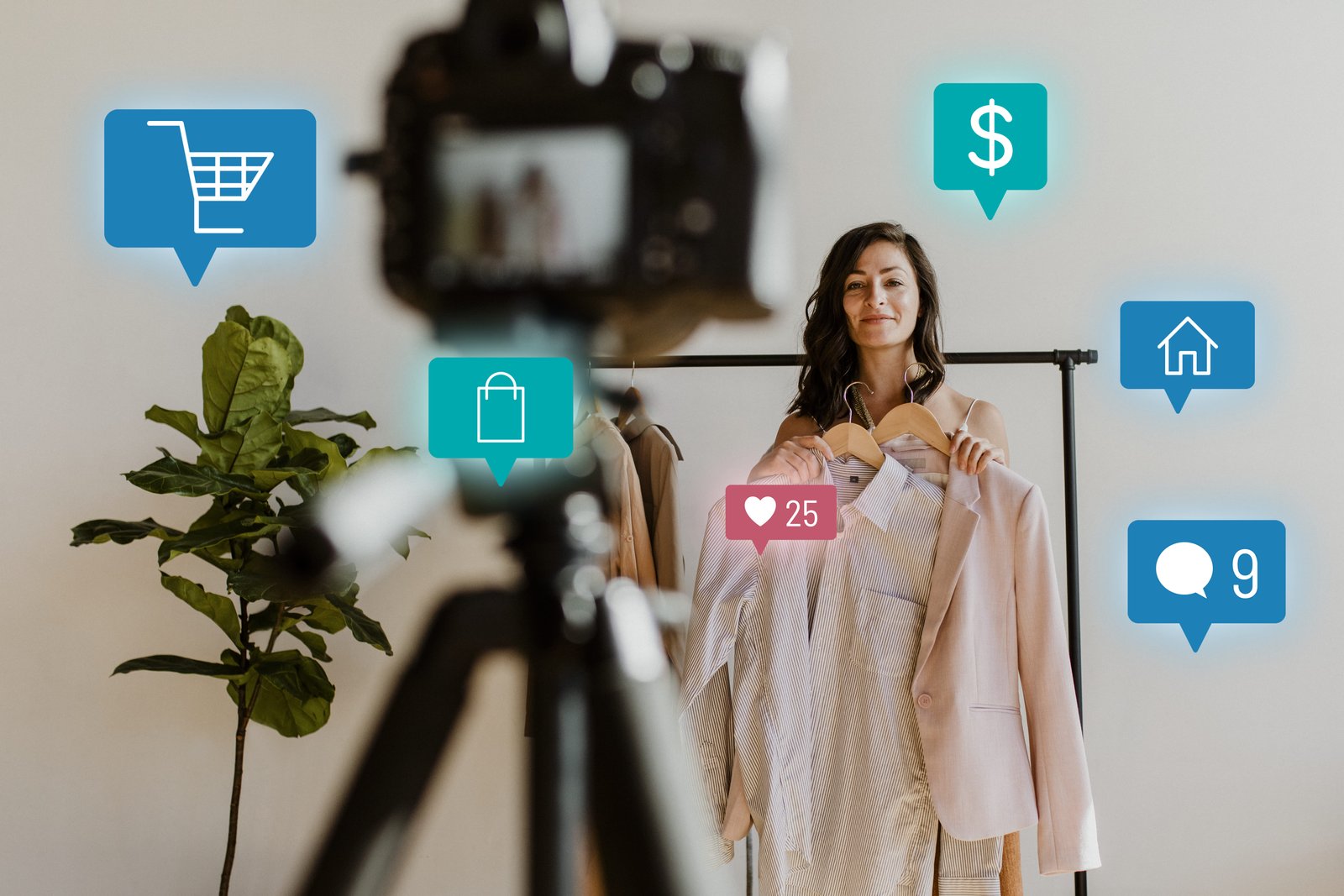Query Form
Query Form
User-Generated Content (UGC): The Key to Building Brand Trust in 2024
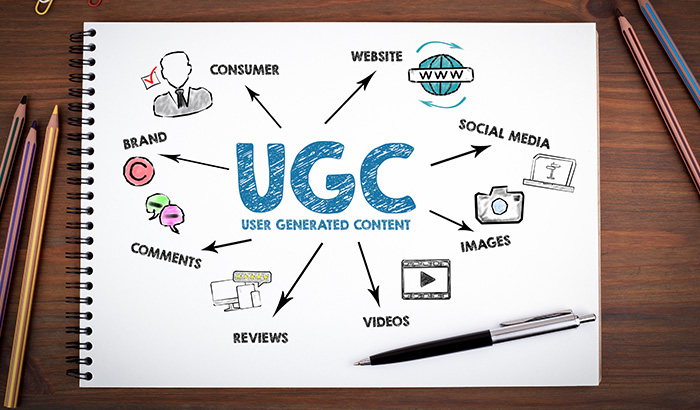
#1. What is User-Generated Content (UGC): The Key to Building Brand Trust in 2024
User-generated content (UGC) is becoming one of the most effective strategies for brands trying to establish credibility and trust with their target audiences in the constantly changing field of digital marketing. The emergence of user-generated content (UGC) presents a novel, accessible, and trustworthy method of brand promotion as consumers grow more dubious about traditional advertising. With the new year quickly approaching, it's critical to comprehend why user-generated content (UGC) will be even more crucial in 2024 and how organizations can use it to build relationships with customers that will last.
What Is User-Generated Content (UGC)?
User-generated content refers to any form of content—images, videos, reviews, blogs, or social media posts—created by unpaid contributors or fans of a brand, rather than the brand itself. These contributors can be customers, followers, or even employees. This content is shared publicly on platforms like social media, websites, or forums, and often highlights a personal experience with a product or service.
For example:
- A customer posting a photo of their newly purchased sneakers on Instagram with a caption raving about their quality.
- A video review on YouTube demonstrates how a particular gadget has improved someone’s daily life.
- A tweet from a customer sharing positive feedback about a company’s service.
Why UGC Is Critical for Brand Trust in 2024
1. Increased Skepticism Toward Paid Advertising:
Customers have been less receptive to traditional forms of advertising and more circumspect over time. 92% of customers, according to studies, place greater trust in user-generated, organic content than in advertisements. People are more interested in information that feels genuine and less economically oriented due to the rise of ad blockers, privacy concerns, and general tiredness from being inundated with commercials.
2. Authenticity and Relatability:
UGC is frequently regarded as more reliable since it originates from actual individuals sharing real-life experiences. Positive or constructive criticism alike, the text has a more human feel to it. Authenticity is crucial, and companies that incorporate user-generated content (UGC) show that they value the opinions of their consumers, which makes them more approachable and open.
3. Social Proof and Influence:
Social proof will still be an effective marketing tactic in 2024. Because user-generated content (UGC) is proof that other people have used, enjoyed, or benefited from a product or service, it serves as social proof. This has an impact on prospective customers, who are frequently more inclined to buy something based on peer recommendations than from a company directly.
4. Expands Reach and Engagement:
Users frequently tag brands in their content or use branded hashtags while creating and sharing content about them, which increases the brand's exposure to new audiences. In addition to boosting interaction, this organic reach exposes the business to demographics that might have been hard to reach through paid advertising.
5. Cost-Effective Marketing:
One of the biggest advantages of UGC is that it’s free content that can be reused by the brand. By encouraging users to share their experiences, brands can amass a library of content without the hefty production costs associated with traditional marketing campaigns. In 2024, as marketing budgets become tighter, leveraging UGC offers a smart, cost-effective alternative.
Benefits of UGC for Building Brand Trust
Let’s take a closer look at the key benefits UGC offers in building trust:
1. Establishes Authentic Connections:
UGC helps brands move away from overly polished, corporate-sounding messaging. Since UGC comes directly from real people, it has the authenticity that audiences crave. It shows that the brand has loyal, satisfied customers who are willing to vouch for the products or services.
2. Humanizes the Brand:
Brands may project a more friendly and customer-focused image by integrating user-generated content (UGC) into their marketing initiatives. Sharing customer testimonials and experiences gives the company a human face and increases its relatability.
3. Encourages Community Building:
Brands stimulate a feeling of community when they interact with UGC. When their content is shared or acknowledged, customers feel more appreciated and are more likely to stay in contact with the brand. Brand loyalty may increase as a result of this sense of acceptance.
4. Builds Long-Term Trust:
UGC is a potent instrument for fostering trust. Potential buyers are more confident in a brand's legitimacy when they see individuals who resemble them using and endorsing it. Continually interacting with and promoting user-generated content (UGC) demonstrates to consumers that the company values their feedback, which fortifies enduring bonds.
5. Boosts Conversion Rates:
UGC produces outcomes in addition to fostering trust. Customers are more inclined to purchase goods if they read user or peer ratings. When included in marketing methods such as social media campaigns or e-commerce websites, user-generated content (UGC) has been found to enhance conversion rates by up to 4.5 times, according to studies.
Challenges of UGC:
While UGC has numerous benefits, it also comes with its own set of challenges. To fully harness the power of UGC in 2024, brands need to be mindful of the following potential drawbacks:
1. Loss of Control Over Content:
UGC poses a significant danger in that it gives marketers less control over user-posted content. Public sharing of content occasionally occurs that might not be consistent with the brand's values or message. Positive UGC is great, but bad experiences often go around fast, so brands need to be ready to deal with them well.
2. Quality Concerns:
The quality of user-generated content varies widely. Not every consumer creates content professionally, and occasionally UGC's images or messaging might not live up to the brand's expectations. Even though authenticity is important, a brand may not always come out favorably in photos or badly written reviews.
3. Legal and Copyright Issues:
When utilizing UGC, brands must exercise caution. A brand does not automatically have the legal right to use content that a customer posts about it in their marketing. To prevent copyright or legal problems, the appropriate authorizations and credits should be acquired. This may make sourcing UGC more difficult and cause campaigns to run more slowly.
4. Brand Reputation Management:
If negative user-generated content is not managed properly, it can harm a brand's reputation. Establishing a plan for handling unfavorable comments or content is crucial. Brands must interact with disgruntled customers, attend to their issues, and demonstrate that they value their opinions.
5. Time and Effort:
UGC can reduce production costs, but finding and using it well takes time and work. Companies must keep an eye on user feedback, select content that supports their messaging, and communicate with their audience frequently. This calls for committed resources, particularly if the brand intends to regularly highlight user-generated content.
Strategies for Leveraging UGC in 2024
To maximize the potential of UGC and overcome its challenges, brands should consider the following strategies:
1. Encourage UGC with Contests and Hashtags:
Organizing campaigns or contests to reward users for sharing their content is one of the simplest ways to promote UGC. For example, a company may request that consumers tag the brand in images they take with a particular product to be entered to win a prize. Additionally, by bringing all UGC under one roof, branded hashtags facilitate content discovery and curation.
2. Feature UGC on Multiple Channels:
UGC ought to extend beyond social media. User-generated material can be shown by brands on product pages, newsletters, and websites. Displaying user-generated content (UGC) in several locations increases its visibility and inspires other users to contribute their experiences.
3. Respond to and Engage with UGC Creators:
Users who provide content for brands ought to be actively engaged by them. User-generated content can be liked, commented on, shared, and even reposted in this way. Customers' relationship with brands is strengthened and loyalty and trust are raised when they perceive that the brand values their efforts.
4. Incorporate UGC into Paid Ads:
Ads on social media that are paid for can be made far more effective by utilizing user-generated content. Compared to traditional advertising approaches, firms can establish a more genuine connection with their audience and increase conversion rates by including real customer testimonials, reviews, or images in their ads.
5. Address Negative UGC Constructively:
Negative user-generated content (UGC) should be viewed by brands as a chance to grow rather than ignored or removed. Resolving conflicts politely and providing solutions can make a bad situation better. This strategy not only aids in reputation management but also demonstrates to prospective clients that the company is concerned about resolving issues.
6. Monitor and Moderate UGC:
Businesses must set up a monitoring mechanism to track the user-generated content (UGC) they get. By doing this, it is made sure that the brand is not connected to any offensive or off-brand content. This procedure can be made more efficient by using tools that automate moderation and monitoring.
UGC in Action: Case Studies of Success
1. GoPro: Telling Stories Through UGC
Through the use of UGC, GoPro has effectively developed its brand. GoPro has amassed a collection of authentic, high-quality footage by encouraging users to contribute their movies of extreme sports and adventures. Their "Video of the Day" and "Photo of the Day" promotions leverage user-generated content, which builds a community of devoted customers while simultaneously showcasing the product in action.
2. Starbucks: #RedCupContest
Starbucks invites consumers to submit pictures of their red cups with seasonal themes for their annual #RedCupContest. This program encourages brand visibility through user-generated content (UGC), generates hundreds of entries, and keeps its audience interested throughout the holiday season.
In conclusion
User-generated content (UGC) will still be an essential instrument in 2024 for developing stronger bonds with customers and establishing brand trust. User-generated content (UGC) offers a natural and efficient way to engage audiences, increase reach, and encourage conversions as more consumers look for authenticity in their brand interactions. User-generated content (UGC) presents unmatched chances to humanize a business and increase its relatability to prospective consumers, from harnessing the power of social proof to fostering a feeling of community.
But to fully capitalize on UGC, marketers must be aware of its drawbacks, including managing unfavorable reviews, maintaining legal compliance, and assuring the quality of the content. Businesses may establish a dynamic and reliable online presence by devising tactics to foster user participation, interact with content creators, and utilize UGC on many platforms.
Brands that put a high priority on user-generated content (UGC) in their digital marketing strategies will be better positioned to develop enduring customer trust, loyalty, and long-term success as 2024 approaches.
Query Form
Follow Up on Social Media for Daily New Search Engine Update
Subscribe to Get the Latest Updates on the Search Engine World and How We Can Help Your Business
Note: Please enter a valid email id
Let’s Get to Talkin’
Support
Mail us for:
Complaint/Suggestion
Call Us
+91 9992229755
+91 98759 29761
Our Trusted Partners



© 2025 Career Infowis IT Solutions. All Rights Reserved.






